Abstract photography techniques can be challenging and the biggest challenge is to do it well.
Often, an abstract photograph will not have a recognizable object to inform us what the image’s subject matter is. But we can respond to the image’s colors and shapes, and sense what the photographer was trying to convey.
Abstract photography is about expressing concepts rather than exact depictions. It relies on ideas, feelings and emotions, while realism relies on the world presented before you.
As an abstract photographer you explore the elements of design – line, shape, color, pattern, texture, and form – as subjects in their own right.
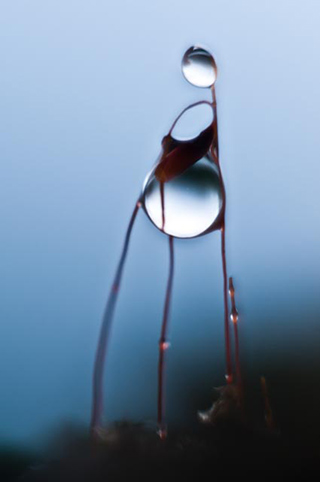
There are so many methods of producing abstract photographs. Each technique offers a different experience with its own particular strengths and challenges. The beauty of these techniques lies in their simplicity and there is no need for expensive cameras or special gear.
The only requirement is a camera with manual control settings and a touch of creativity. The only limits in abstract photography are your imagination and your willingness to explore.
I hope that my abstract photography techniques presented here will help you to turn your ideas into great images.
1. Notice the Details
Look at your immediate surroundings with a fresh eye – to make the familiar and ordinary into something new and striking. Challenge yourself to rethink your ideas about what subjects are and find new ways of presenting them with abstract in mind.
The tendency is to see objects rather than shapes, so you have to learn a different way of looking and understanding. When we focus on objects we are more likely to make assumptions based on what we know about an object, rather than concentrating on what we can actually see.
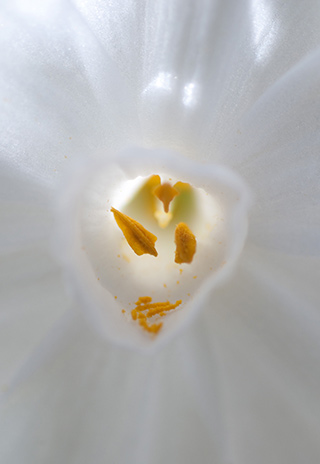
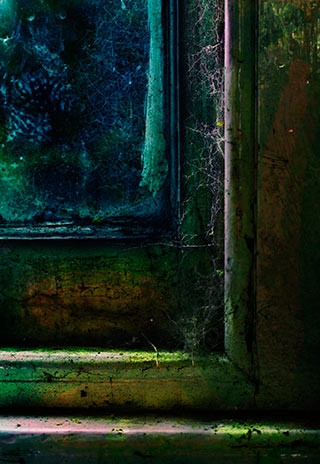
2. Find Patterns and Textures
One of the simplest ways to produce a striking abstract image is by filling the entire frame with a strong pattern. Patterns can be found everywhere, in nature and manmade constructions.
They are made up of repeated objects, shapes or colors and, whether they are random or ordered, can be very pleasing to the eye.
Textures surround us, on every object or surface. Zoom in closely enough on almost anything and it will start to look really interesting. Using patterns creatively means to create something that looks very real, by using repetitive aspects of shape and color.
It is interesting to discover how few repeats you need to give the viewer all the clues he/she needs to complete the story.
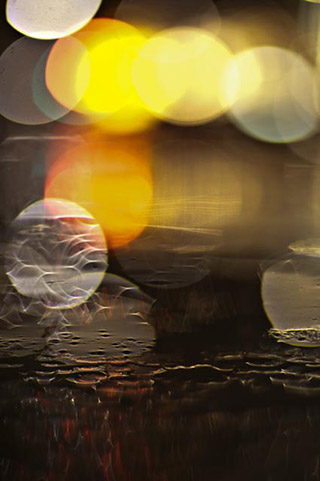
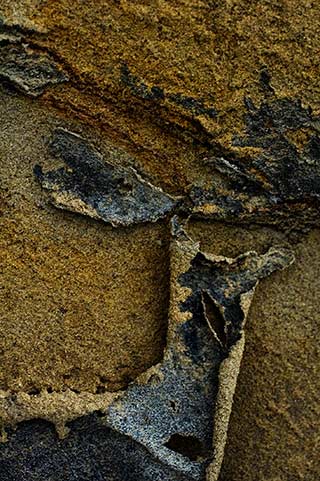
3. Transform and Suggest
For humans it’s a challenge to look at images and not to label them with definitions or descriptions as in, “That cloud looks like a rabbit”. After all, that ability is what keeps us from driving off cliffs because we recognize shapes and know what they mean.
So, use this natural ability of “seeing faces” in your surroundings to create your abstract images.
Look for shapes in your surroundings that remind you of something else. Use the visual language of color, light and lines to express new ideas using simple objects around you when exploring abstract photography techniques.
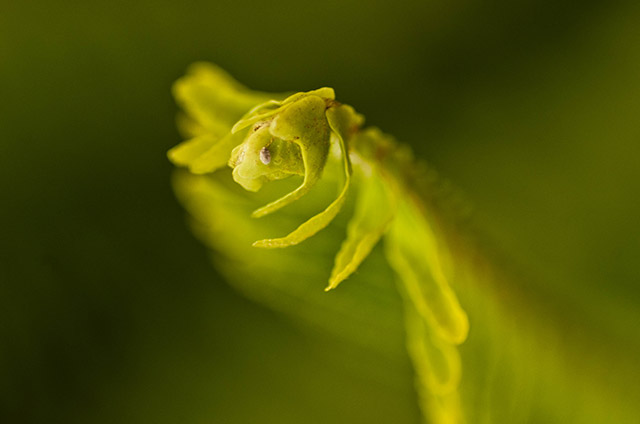
4. Abstract Photography Techniques – Looking Closer
By getting in that little bit closer to your subject, you’ll soon discover a hidden world of repeating patterns, colorful arrangements and mysterious landscapes. This opens up a whole new world of options for you as an abstract photographer.
If you want to go really close, you will need a macro lens and extension tubes to discover the amazing world of macro. Experiment with lighting, focal length and aperture to achieve different perspectives of the same subject.
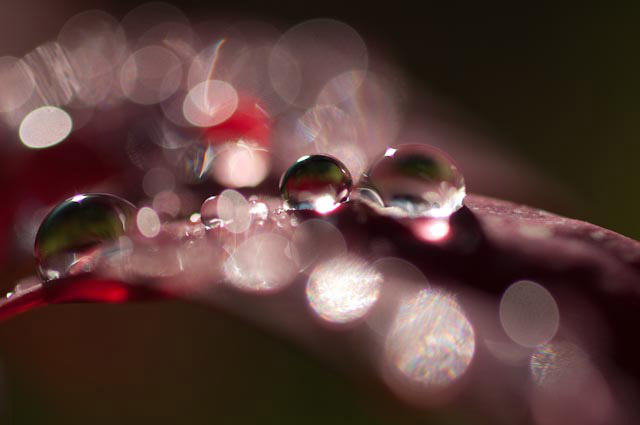
5. Move Your Camera
Moving your camera during exposure is a fun and easy way to create abstract images. You will need to experiment quite a bit before you gain a result that you like. Start on ‘shutter priority’ and choose a long shutter speed such as 1/20 to 1/2 a second.
You may need a ND filter to block excess light. Start with simple subjects like trees, and then progress to more challenging subjects. This technique works well on scenes with strong lines that will guide you to which direction to move the camera.
Experiment with different shutter speeds as well. To be successful with this technique, you will need to leave behind any thoughts of using the camera in a conventional way and start to visualize the effects of this technique on your subject matter.
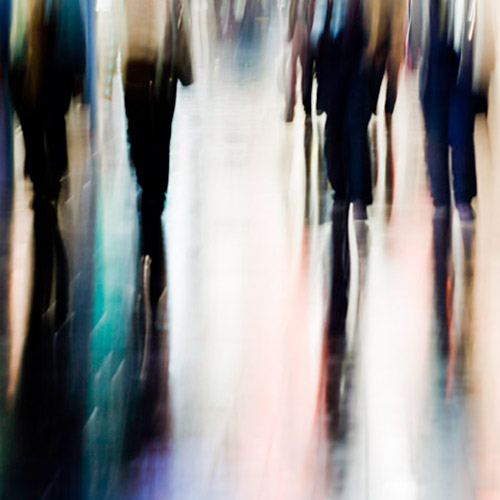
The ability to create good abstract images relies on gaining confidence with techniques and learning the basic knowledge about light, form and color. The key to success is practice. The more you practice, the more familiar you will become with techniques and other aspects of abstract photography.
Eventually, these basic skills will become second nature. Then you will have more time to think about the qualities that will make your images personal and individual.
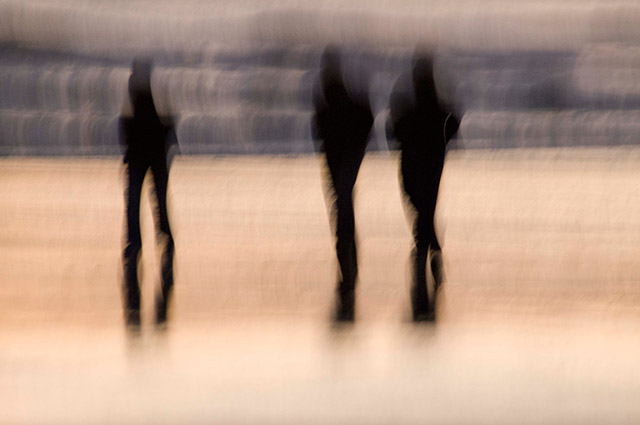
Remember, technique is important to the success of any photograph(s), but it’s only one aspect of a photographer’s work. Abstract photography techniques should never replace what you are trying to communicate; rather, they should help make that message clearer. It can become a pointless exercise when there is too much reliance on technique.
By Eva Polak
Article and photos: © 2015 Eva Polak . All rights reserved.

Leave a Reply